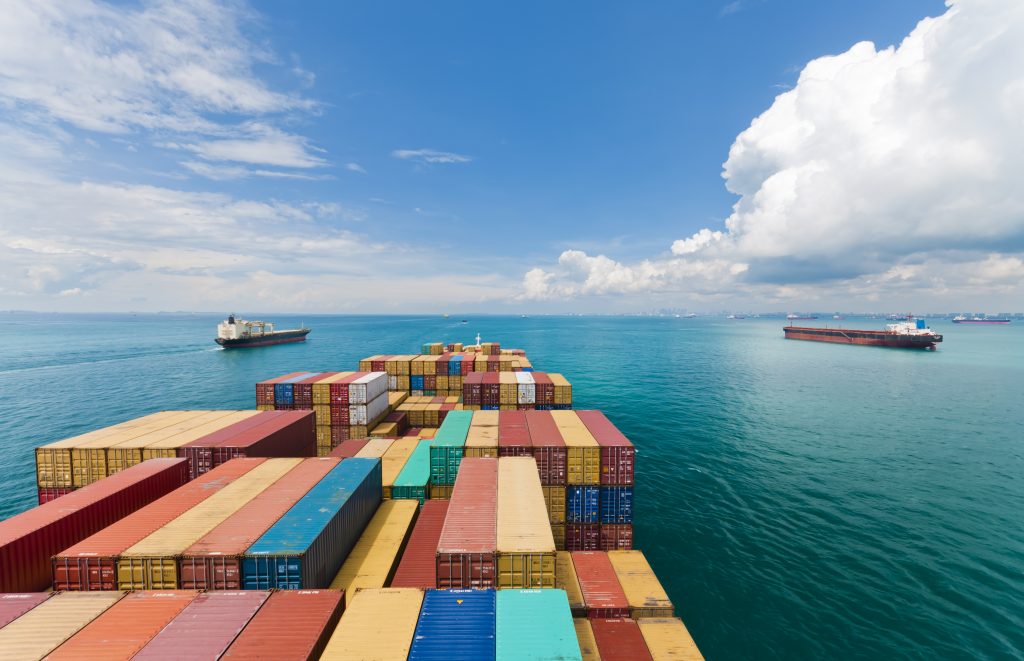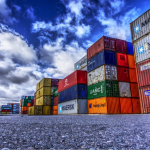Ocean Freight Industry Needs to Test Low Sulfur Fuels Now

Less than half a year away from the IMO 2020 cleaner fuel mandate, the International Association of Dry Cargo Shipowners (INTERCARGO) put out a media release raising safety concerns around the implementation of the upcoming global sulfur limit on fuel.
Here’s what the association, which has had consultative status at the International Maritime Organization (IMO) since 1993, had to say:
With 1 January 2020 less than five and a half months away, INTERCARGO expresses its growing concern in view of the magnitude of the challenge lying ahead for the industry and the need for a smooth transition.
The global availability of safe compliant fuels remains a key question largely unanswered. The requirement for the sulphur content of fuel oil used by ships operating outside designated emission control areas not to exceed 0.50% as of 1 January 2020 marks a sea change in the marine fuels’ supply chain.
It is extremely worrying that compliant fuels have so far been made available only in a limited number of ports and under unfavourable terms for voluntary early testing by ships, as Charterers/Operators are not currently obliged to purchase future compliant fuel. Hence, the practical testing of new fuels and crew training, which is only possible under real conditions aboard ships, is very limited and pushed to the end of year – this situation creates significant safety implications for the operation of ships, which could eventually threaten the safety of seafarers, ships, and cargoes, as well as the marine environment.
I have to admit that as I’ve considered the challenge — or problem — the ocean freight industry faces in switching to cleaner fuel when the new year hits, I have not considered adverse effects the new fuel may have on engines or ships as a whole nor the safety concerns that come along with that for ships’ crews.
The main issues I’ve considered are the higher costs of the cleaner fuel that is about to be required and the availability of said fuel.
Perhaps if I were a mechanical or nautical engineer, I would have immediately wondered if the fuel switch might cause issues such as — let’s go with worse case scenario — engine failure, which obviously would put cargo at risk but, even worse, risk the lives of seafarers.
Is there an increased risk of engine failure with the fuel change? To be honest, I had no idea. This was the first time it crossed my mind. Could the risk of fire, which is already a major problem onboard cargo ships, increase? Again, I didn’t know.
Therefore, I decided to do the most common thing people do nowadays when they don’t know something: I turned to Google. A quick search to see if anyone was talking about such potential increased risks as engine failure or cargo ship fires that may come with the switch to cleaner fuels for IMO 2020 led me to an excellent article on the topic published on gCaptain.
The article is actually credited to Ellen Milligan of Bloomberg and was published back in September of last year (2018) as IMO 2020 was really starting to rise in the general international shipping consciousness as a very significant challenge the industry might struggle to prepare for in 2019. This article specifically focused on the fear of engine failure with the switch to low sulfur fuel.
Milligan wrote:
Add oil tankers breaking down at sea to the list of things shipping companies are worrying about as they brace for a once-in-a-generation overhaul to the kind of fuel the industry must consume.
…
Now more and more of the world’s largest shipping companies and trade groups, already mindful of spiraling costs, are saying there’s a safety risk too. Their primary worry is the lack of a single fuel type that complies with the rules. Since refineries across the world are coming up with different solutions to meet the sulfur-reduction target, owners say their ships’ engines could be damaged by inadvertently mixing incompatible products.
…
While individual fuels may not be problematic, mixes could be dangerous, according to Dragos Rauta, technical director at the trade group better known as Intertanko.
“The way the different products work together can produce instability of fuel which can create sediments that can damage the pumps and engines eventually,” he said.
The issues could ultimately stop a ship’s engine, something that would be particularly dangerous in bad weather in busy shipping lanes close to land, according to Rauta.
Shipowners say extensive — and more frequent — testing will need to take place to ensure fuels are trusted, but that would take time and money at a time when fuel bills may well be rising anyway.
It looks like the answer to my question of whether the fuel switch might cause engine failures, spurred by INTERCARGO’s media release, is yes, engine failures are a legitimate concern.
Testing, like Milligan informs us shipowners say is needed, is urged in INTERCARGO’s media release:
In anticipation of the new fuels made available for practical testing aboard ships well before the end of 2019, it is urged that:
- the fuel supply industry provides the market with significant volumes of compliant fuels at many ports around the world, so that all sectors can be serviced, including the dry bulk sector
- the Charterers/Operators start purchasing these fuels
- the Publicly Available Specification (PAS) related to the 0.50% limit is made available as soon as possible to provide guidance on the application of the existing ISO 8217 specification for marine fuels
- the ship Owners/Operators enhance crew training. Seafarers deserve our special consideration, as the industry will largely rely on their skills for managing the new compliant fuels aboard ships on the high seas to ensure a smooth implementation of this drastic change.
Unfortunately, as we here at Universal Cargo have been keeping an eye on how things are progressing toward IMO 2020, we haven’t seen much in terms of practical testing. Most of IMO 2020 prep has to do with strategies for handling the switch to cleaner fuels, carriers’ ability to handle the increased costs, and the question of using “scrubbers” to be compliant versus straight switches to cleaner fuels for individual ships.
Waiting for the last moment to really test new, cleaner fuels while training crews for any specific protocol changes that may come with that is a terrible idea. Testing needs to happen now. Really, it should have already been happening. I’ve had to write about too many disasters involving cargo ships with the tragic deaths of crew members. To think more such stories could happen in the future because IMO 2020 is not being properly prepared for is dreadful.





Yes, Jared Vineyard, I agree with you Ocean Freight Industry Needs to Test Low Sulfur Fuels
Your blog is very Informative. Here you talk about the Ocean Freight Industry Needs to Test Low Sulfur Fuels Now.
Thanks for Sharing This Information.